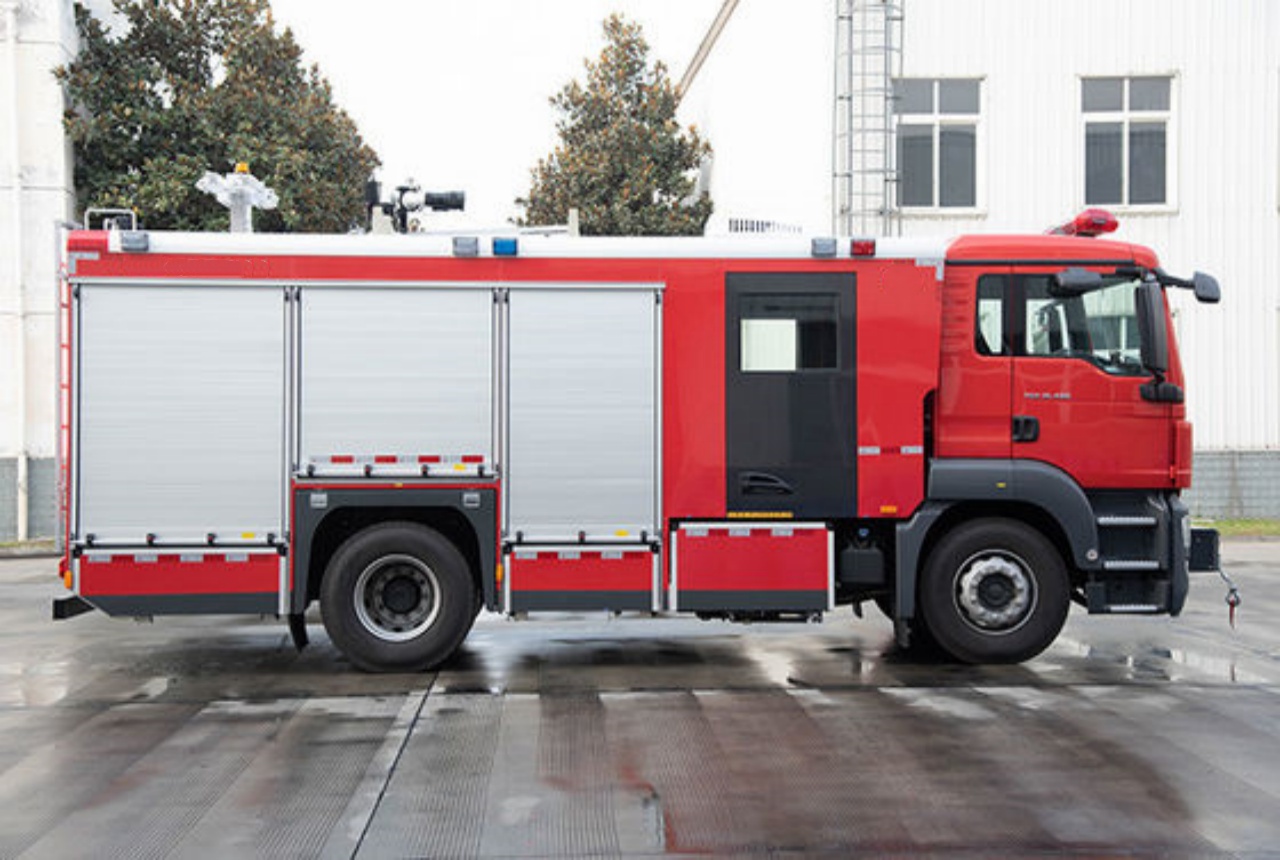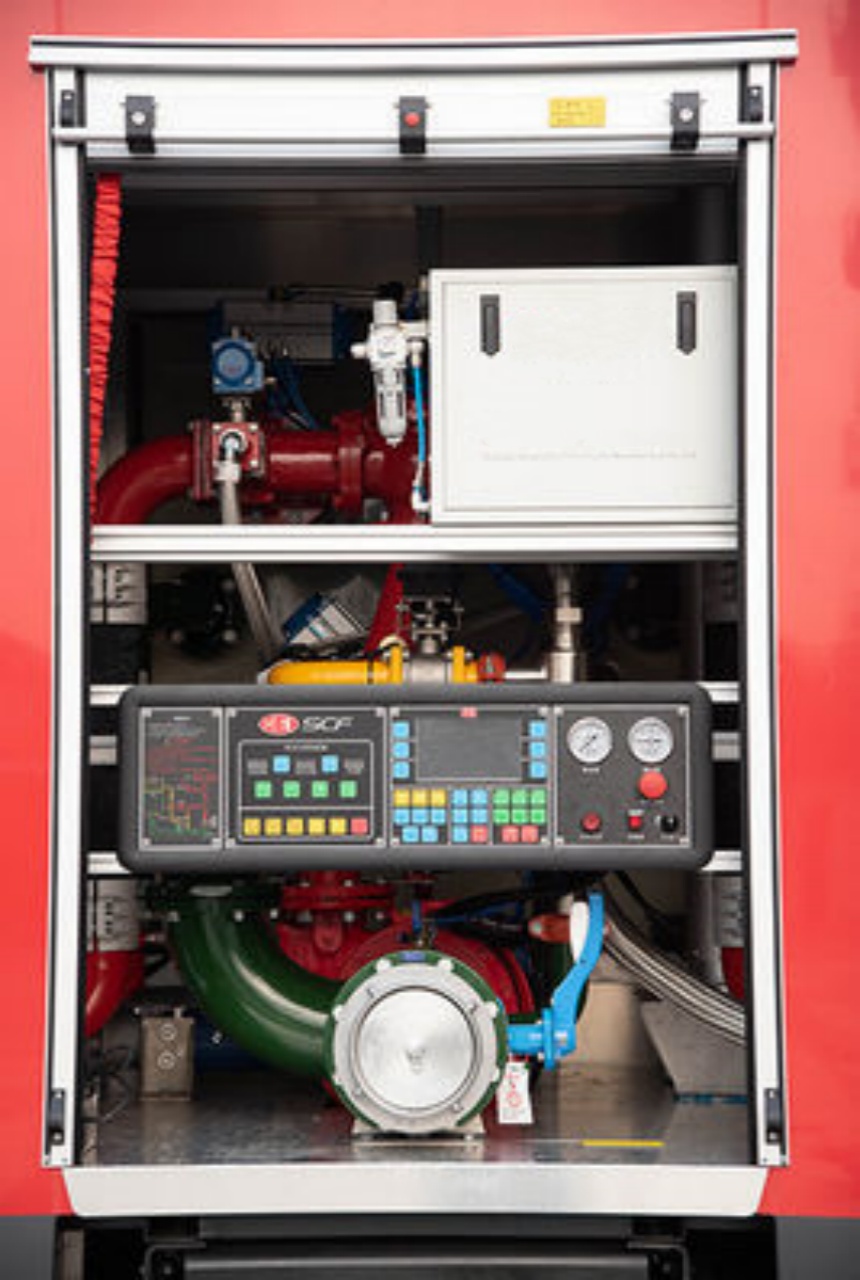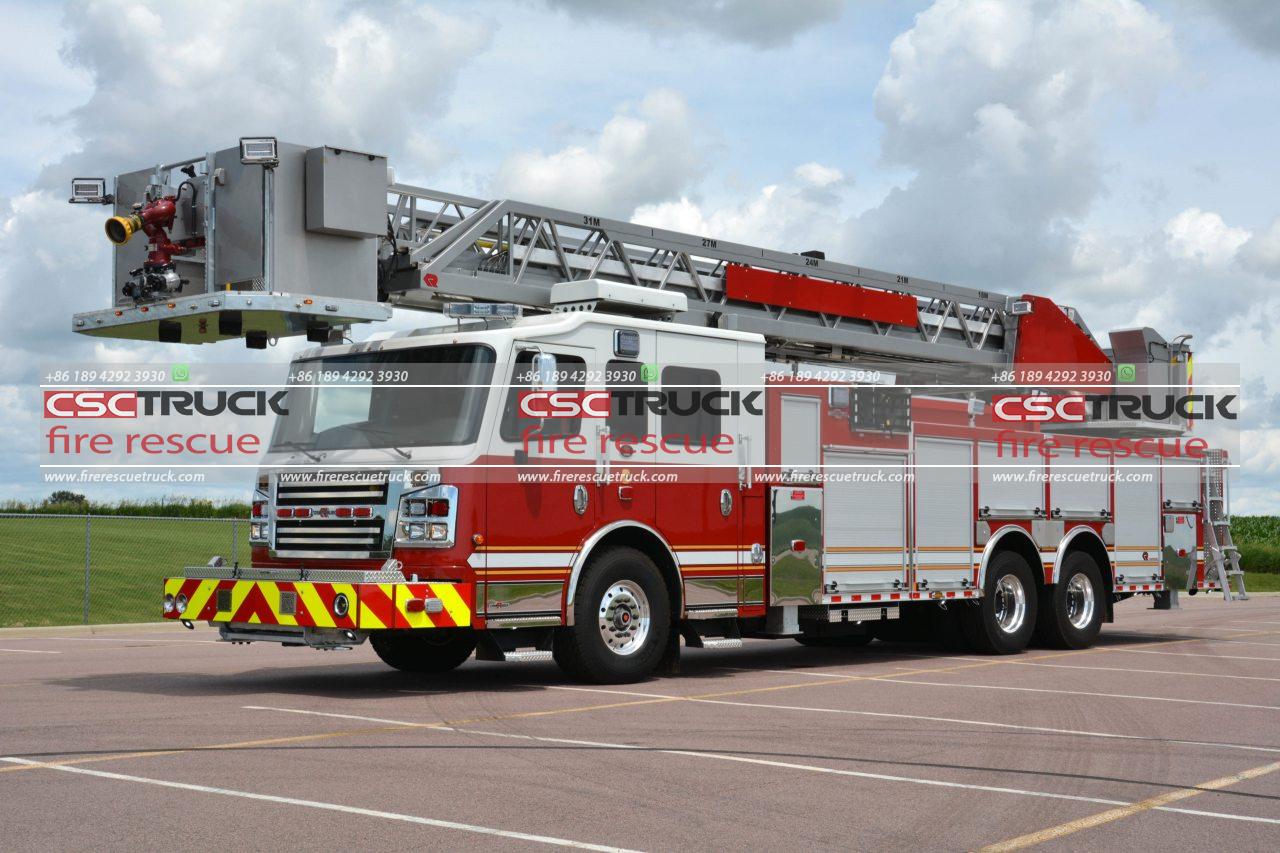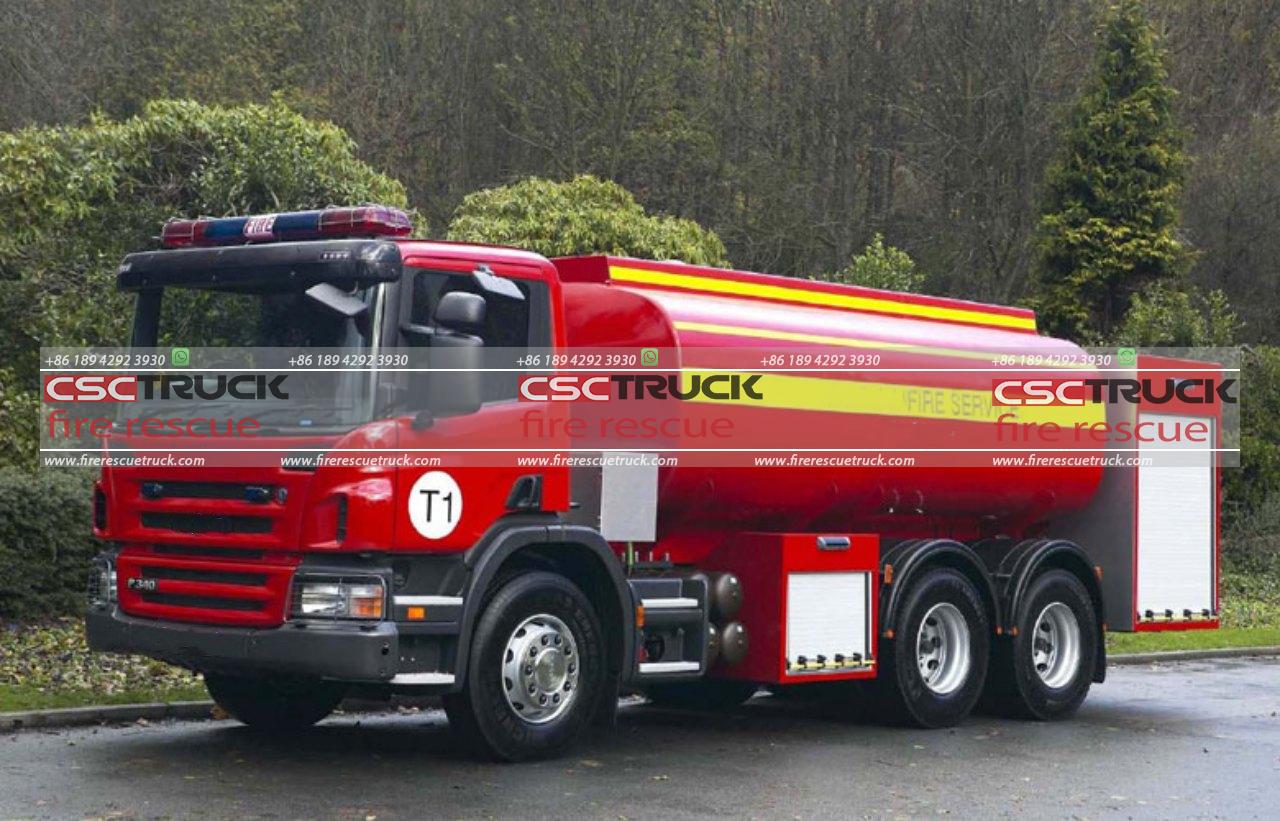Fire trucks are more than just bright red vehicles racing down the street with sirens blaring—they are mobile water pumping stations designed to suppress fires quickly and efficiently. One of their most essential features is the onboard water pump system. Knowing how to pump water from a fire truck is a critical skill for firefighters and a fascinating process for those interested in fire apparatus operations. This article will break down the process of pumping water from a fire truck, including system components, operation steps, and safety considerations.
Understanding the Fire Truck’s Pump System
Before diving into the steps, it’s crucial to understand the core components of a fire truck’s water pumping system. While designs vary between models and manufacturers, most pump systems include the following:
- Water Tank: Most fire trucks carry between 500 to 1,500 gallons of water onboard.
- Pump Panel: The control center used to operate the pump, including gauges, levers, and valves.
- Centrifugal Pump: The most common pump type, which uses centrifugal force to pressurize water.
- Intake Valves: Allow water to enter the pump from external sources like hydrants or portable tanks.
- Discharge Valves: Release pressurized water through hoses or nozzles.
- Priming Pump: A secondary system used to remove air from the main pump and create suction.
Step-by-Step Guide: Pumping Water from a Fire Truck
Step 1: Position the Fire Truck
Begin by positioning the fire truck as close as safely possible to the water source and the fire scene. The truck should be parked on level ground with enough space to deploy hoses and open compartments. If drafting from an external source (like a pond or tank), place the truck at the correct elevation to assist gravity or suction flow.
Step 2: Engage the Pump
Most fire trucks have a Power Take-Off (PTO) mechanism that transfers engine power to the water pump. Here’s how to engage it:
- Shift the transmission into neutral or park.
- Engage the parking brake.
- Activate the PTO switch, often located on the dashboard or pump control panel.
- Wait for the “pump engaged” indicator light to confirm activation.
This process diverts engine power from driving the wheels to powering the water pump.
Step 3: Prime the Pump (If Drafting)
If you are drawing water from an external source (e.g., lake, cistern), the pump must be primed before operation. Centrifugal pumps cannot pump air, so any air must be removed:
- Open the intake valve.
- Activate the priming pump, which creates vacuum pressure.
- Watch for a steady stream of water in the discharge lines—this confirms successful priming.
- Turn off the priming pump once water is flowing continuously.
If connected to a hydrant or the truck’s onboard tank, priming is typically unnecessary since the system is already pressurized.
Step 4: Select the Water Source
On the pump panel, choose the appropriate water source:
- Onboard tank: For quick attacks, open the tank-to-pump valve.
- External source: If connected to a hydrant, open the intake valve and monitor the incoming pressure.
Modern pump panels often include electronic or mechanical selectors labeled for ease of use.
Step 5: Open the Discharge Lines
Once water is flowing to the pump, open the desired discharge valves to send water to the hoses or nozzles. Each hose line has its own control lever and pressure gauge. Open the valves slowly to avoid sudden pressure surges that could damage hoses or injure personnel.
Discharges are typically color-coded to match specific hoses (e.g., red for front crosslay, yellow for rear hose, etc.), making operations quicker and safer.
Step 6: Adjust the Pressure
Maintaining the correct pressure is vital for effective firefighting and hose safety. Use the throttle control to increase or decrease the engine speed, which directly affects pump pressure.
- For handlines, maintain a discharge pressure of around 100–125 PSI.
- For master streams or aerial devices, pressure may exceed 150 PSI.
- Monitor the compound and discharge gauges regularly.
Advanced systems may include automatic pressure governors that adjust engine RPM to maintain consistent pressure.
Step 7: Monitor Water Levels and Pressure
The operator must constantly monitor:
- Water tank levels: To avoid running dry, which could damage the pump.
- Intake pressure: Avoid negative pressure, which may cause cavitation.
- Pump temperature: Some pumps can overheat if water is recirculating without being used.
If switching between tank and hydrant sources, be careful to avoid air entrapment or pressure loss during the transition.
Safety Considerations
- Never run the pump dry: This can cause permanent damage.
- Use hearing and eye protection: Pumps are loud, and high-pressure lines can be dangerous.
- Secure all hoses: High-pressure lines can whip if not properly anchored.
- Communicate with hose crews: Sudden pressure changes can knock firefighters off balance.
- Know your equipment: Each fire truck has slightly different configurations and controls—training is essential.
Advanced Pumping Scenarios
In more complex situations, operators may face additional challenges:
Relay Pumping
Used when the fire is far from a hydrant. Multiple trucks are connected in a relay, each boosting pressure. Coordination is critical, with operators adjusting intake and discharge pressures accordingly.
Dual Pumping
Some large fire trucks have two pumps or use a “dual pump” operation to supply separate water sources simultaneously—e.g., one to handlines and another to an aerial ladder.
Foam Injection
When fighting fuel or chemical fires, a foam proportioner is used. This system injects foam concentrate into the water stream at the correct ratio (typically 0.1% to 6%). The pump operator must control both water flow and foam injection rates.
Conclusion
Pumping water from a fire truck is a precise operation that blends mechanical knowledge, real-time decision-making, and strict safety procedures. Whether drawing from an onboard tank, hydrant, or natural source, the firefighter must manage water flow and pressure to ensure an effective fire attack. While the technology has evolved, the core principles remain: Control the source, move the water, and protect the team.
Understanding this process not only enhances fireground operations but also deepens respect for the complexity and capability of modern fire apparatus. With proper training and practice, pumping water from a fire truck becomes a seamless part of the life-saving mission of firefighting.











